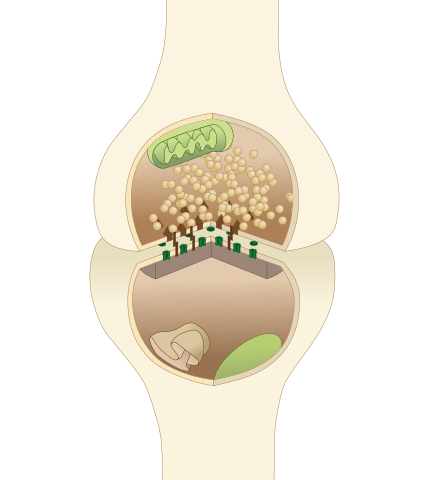The Benefits of Physical Activity for Brain Health in Older Adults
Written on
Understanding Brain Complexity
The human brain is often regarded as one of the most intricate objects in existence. Regardless of whether this is an exaggeration, the brain is indeed a biological marvel made up of hundreds of billions of cells interconnected by trillions of synapses. However, mere complexity isn’t sufficient; the various components must interact cohesively to function effectively.
Neurons, the primary cells responsible for communication within the brain, have a structure designed for this purpose. They consist of a cell body (soma) and branching extensions known as dendrites. Additionally, neurons possess an axon, which acts as a long communication cable that can reach significant distances within the body.
(Fun fact: The longest axon in humans belongs to the sciatic nerve, stretching from the hips to the feet, which can cause pain radiating down the leg if compressed.)

Understanding Synapses
At the end of each axon are numerous terminals that form synapses—gaps between the axon of one neuron and the receiving neuron. When an electrical impulse reaches these gaps, neurotransmitters facilitate the exchange of messages. Interestingly, some synapses allow electrical impulses to cross without chemical intermediaries. Even today, researchers continue to explore the intricacies of these synaptic connections.
Maintaining Brain Health with Age
As we age, our brains are subject to various changes, including shrinkage, increased vulnerability to strokes, and the development of lesions. Gene activity may also alter. While these changes are typical, some individuals, known as "cognitive superagers," maintain impressive cognitive abilities and brain health into their senior years. Studies suggest that their brain structures differ slightly, particularly in areas that promote youthful connectivity.
Fortunately, we can take proactive steps to support our brain health. Attention to nutrition, sleep quality, social engagement, mental challenges, and especially physical activity can contribute to a more resilient brain. Engaging in regular exercise correlates with improved brain health and may even release protective proteins that guard the brain.
This video explores the impact of physical activity on brain health as we age.
Synaptic Health and Exercise
Recent research indicates that exercise can help maintain the integrity of synapses, even when individuals start exercising later in life. A study involving 404 elderly participants monitored their activity levels over several years and examined their brain tissue after death.
The researchers used activity trackers to measure daily movement, providing an accurate picture of physical activity. Post-mortem analysis revealed that higher levels of presynaptic proteins—which are crucial for neuron communication—correlated with increased physical activity in later life.
The findings suggest a link between higher presynaptic protein levels and reduced cognitive decline, although further investigation is needed to clarify the exact mechanisms involved. Notably, conditions like Alzheimer’s disease, characterized by amyloid plaques and tau tangles, can negatively affect synaptic health. By strengthening synapses, exercise may help mitigate these detrimental effects.
Cautions to Consider
While this study offers valuable insights, it is observational, meaning definitive conclusions about cause and effect cannot be drawn. Nonetheless, numerous intervention studies support the idea that late-life physical activity positively impacts cognitive and overall health.
Despite limitations in measuring daily activity and post-mortem protein levels, the overarching message remains clear: maintaining an active lifestyle is vital for brain health as we age.
This video provides insights into the science and personal experiences related to physical activity and brain health.